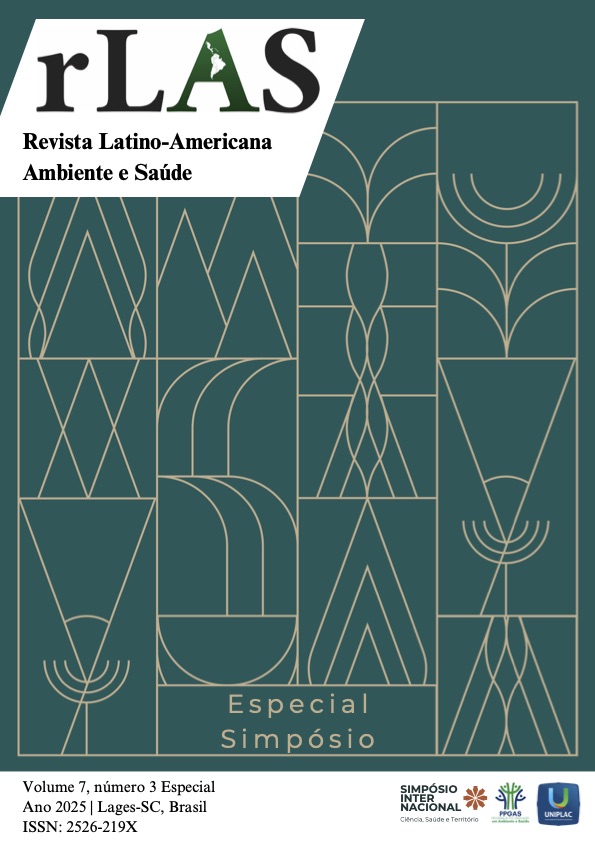Environment and Sustainable Production Processes
Abstract
The circular economy, also known as the “cradle-to-cradle” approach, proposes replacing the linear “extract, produce, consume and discard” model with a closed cycle that extends the useful life of products and reintegrates waste into the production chain. This logic reduces dependence on new resources and prevents unnecessary environmental degradation. Extending the use of materials contributes to ‘reducing habitat disturbance and curbing biodiversity loss’. This perspective was addressed in the symposium presentations, highlighting how crisis situations and environmental challenges can stimulate innovative solutions for food reuse and energy generation.
References
ARENA, Umberto. Process and technological aspects of municipal solid waste gasification. A review. Waste Management, [s. l.], vol. 32, no 4, p. 625–639, 2012.
BRASIL. Ministério do Meio Ambiente. Produção sustentável. Em: Produção e Consumo Sustentáveis: Conceitos. Disponível em: <https://antigo.mma.gov.br/responsabilidade-socioambiental/producao-e-consumo-sustentavel/conceitos/producao-sustentavel.html>. Acesso em: 19 de setembro de 2025.
BRAUNGART, M.; MCDONOUGH, W. Cradle to Cradle: Remaking the Way We Make Things. New York: North Point Press, 2009.
CIFUENTES-FAURA, Javier. Environmental Policies to Combat Climate Change in Europe and Possible Solutions: European Green Deal and Circular Economy. The International Journal of Sustainability Policy and Practice, [s. l.], vol. 17, no 2, p. 27–36, 2021.
GEBBERS, Robin; ADAMCHUK, Viacheslav I. Precision Agriculture and Food Security. Science, [s. l.], vol. 327, no 5967, p. 828–831, 2010.
GEISSDOERFER, Martin et al. The Circular Economy – A new sustainability paradigm?. Journal of Cleaner Production, [s. l.], vol. 143, p. 757–768, 2017.
OSTROM, Elinor. A General Framework for Analyzing Sustainability of Social-Ecological Systems. Science, [s. l.], vol. 325, no 5939, p. 419–422, 2009.
SONI, Ashish et al. Waste-to-energy technologies: a sustainable pathway for resource recovery and materials management. Materials Advances, [s. l.], vol. 6, no 14, p. 4598–4622, 2025.


